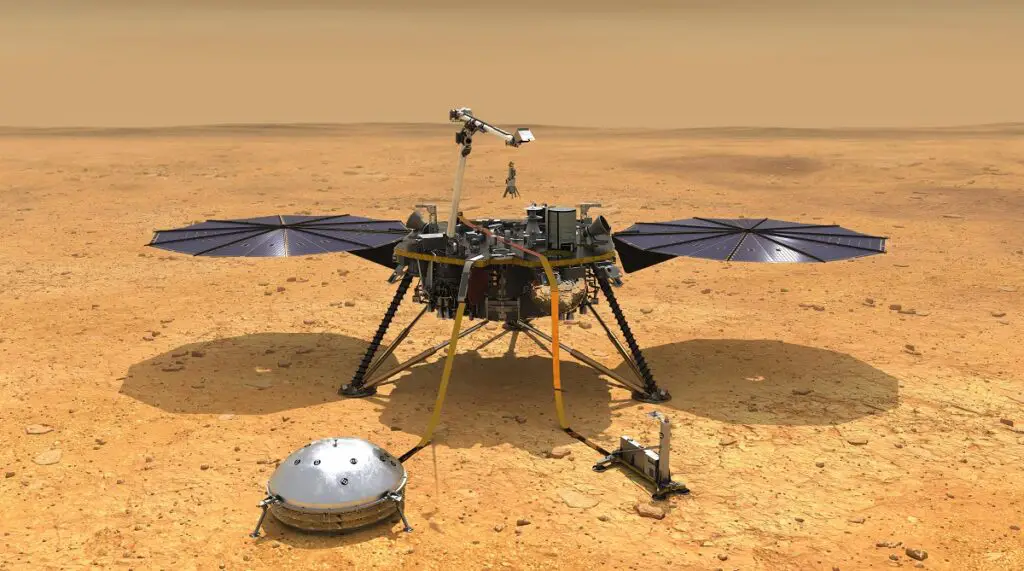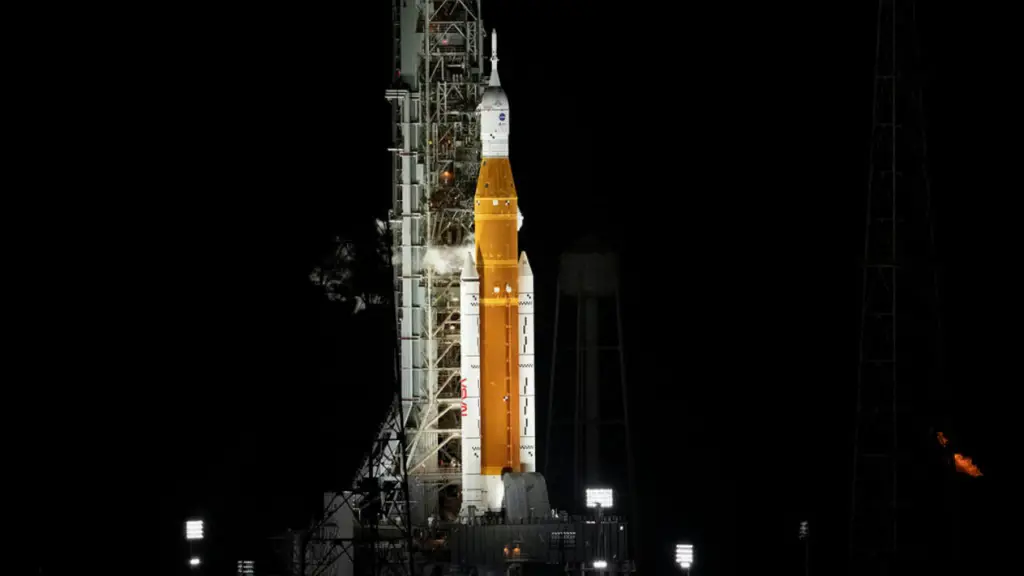Humans cannot survive without water both on Earth and outside Earth. Since we already have abundant water on Earth, scientists are seriously researching how we can provide future colonists with enough water on the moon and Mars. Space agencies and researchers seem to be coming up with great ideas for mining water on the lunar surface recently. However, out of these numerous suggestions, one fascinating idea stands out.
This idea is named, “Thermal Mining of Ices on Cold Solar System Bodies.” George Sowers, a space resource expert and Professor of Mechanical Engineering at the Colorado School of Mines (CSM) proposed this unique idea as a means of unlocking massive amounts of water from the moon and other celestial bodies by taking advantage of the power of the Sun.
Why Scientists Think this new means of fetching Water on the moon will revolutionize the future of humans outside Earth
Mining abundant water on the moon and other celestial bodies requires a lot of effort from scientists and space agencies. The newly proposed concept is quite simple to implement as it only requires the use of a magnifying glass to channel sunlight directly to any specific spot on the moon or other celestial body.
For instance, consider a situation where you have a block of ice in your apartment. If you take that ice and put it in a vacuum, it will move from its solid state to a gaseous state without turning into a liquid. This is possible because of an absence of molecules in the vacuum which could have taken the heat away from the ice cube.
However, when astronauts direct sunlight to an icy surface using a giant mirror, the heat from the sunlight would make the ice melt faster. This sublimation process will produce water vapor which will be trapped and condensed into liquid water. Through this fascinating approach, the human crew exploring the moon or any other celestial body will have enough water for their daily activities.
UniverseToday reveals that the basic system architecture of this concept is simple as it consists of only a few major components including a massive mirror, or heliostat that channels sunlight to the surface, a large tent that could capture the sublimated water, and a cold transport system that captures water as it leaves the lunar surface.
Could this new idea be the promising future of extracting water on the moon and other celestial bodies?
Before space agencies will consider using this fascinating idea on Mars, Ceres, and other celestial bodies, they will first implement it on the moon as it is the only celestial body that we have explored the most. Scientists believed that Permanently Shaded Regions (PSRs) of the Moon harbor the largest amount of water on the Moon.
Hence, researchers are suggesting that directing sunlight to this region could sublimate the frozen ice in these regions and provide humanity with the abundant resources we required for human colonization. The moon has numerous advantages over other celestial bodies in terms of implementing this new idea.
These advantages include the moon’s unique gravity, the absence of an atmosphere that could reduce solar thermal energy transfer, and enabling the use of standard rovers to move the ice around the moon. Since the moon’s proximity to Earth is unique, it is much easier for space agencies to conduct exploration and exploitation lunar missions with the aid of the Thermal Mining method.
Challenges Space Agencies May Encounter While Trying to mine water on the moon using this technique
Every scientific breakthrough on Earth and on other celestial bodies often comes with unique challenges. Thermal Mining of water on the moon may come with several challenges which space agencies must first address if they hope to succeed with the technique.
While conducting the new study, Dr. Sowers and his colleagues experienced two unique challenges. The first issue occurred during the setup of the system. The liquid nitrogen cooling system absorbs excess of the intended heat. This issue proves that there is a need to build a more massive test chamber to reduce the effect.
Unlike the first issue, the second challenge is more complex as it has to do with the formation of a desiccated layer on the lunar surface during the sublimation process. This can stand as a thermal barrier, stopping the escape of water vapor from deeper layers. However, these challenges did not stop Dr. Sower’s team from seeing the promising future of this technology. The team reveals that the total development cost of the lunar mining operation could cost about $800 million.
The Internal Rate of Return (IRR) makes the project more realistic than ever. Since there are several customers including commercial and national space agencies such as NASA, the future of mining water on the moon with this Thermal Mining technique is promising.
Conclusion
The future of mining water on the moon is quite promising with this new strategy. Even though the technology is in its planning stage, the future of humans extracting water abundantly on the moon and beyond is becoming realistic every day. What do you think about this fascinating innovative idea?




